Flora of Gramvoussa
Flora of Gramvoussa
Identify plants species
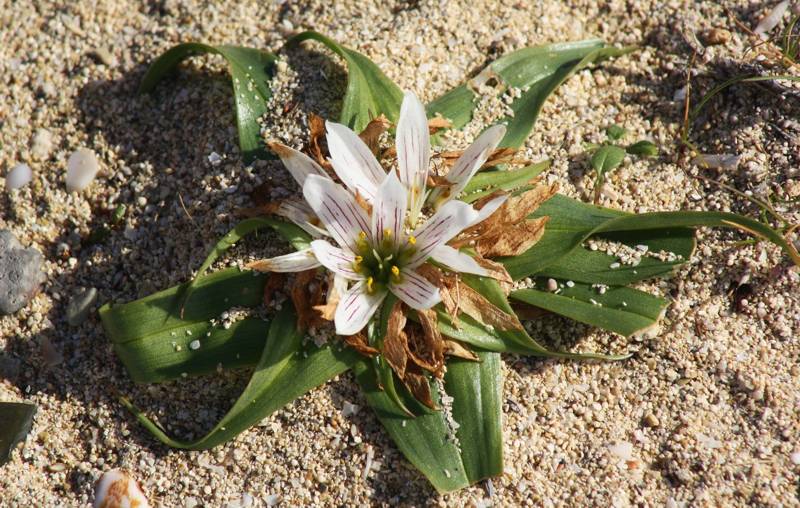
The dominant vagetation form on the Gramvoussa peninsula are low phrygana, covering almost completely the central rocky part, as well as this of Imeri and Agria Gramvoussa islets. A distinctive, in both ecological and aesthetic terms, vegetation type is the tree spurge (Euphorbia dendroides) shrubland, found mainly in rocky slopes west of Kissamos. Typical sand dune vegetation occurs in the sandy beaches near Kissamos, in Balos, Falasarna and the southern side of Imeri Gramvoussa. Finally, a small band with hygrophilous vegetation is maintained in a small wetland in the rear part of Falasarna coast.
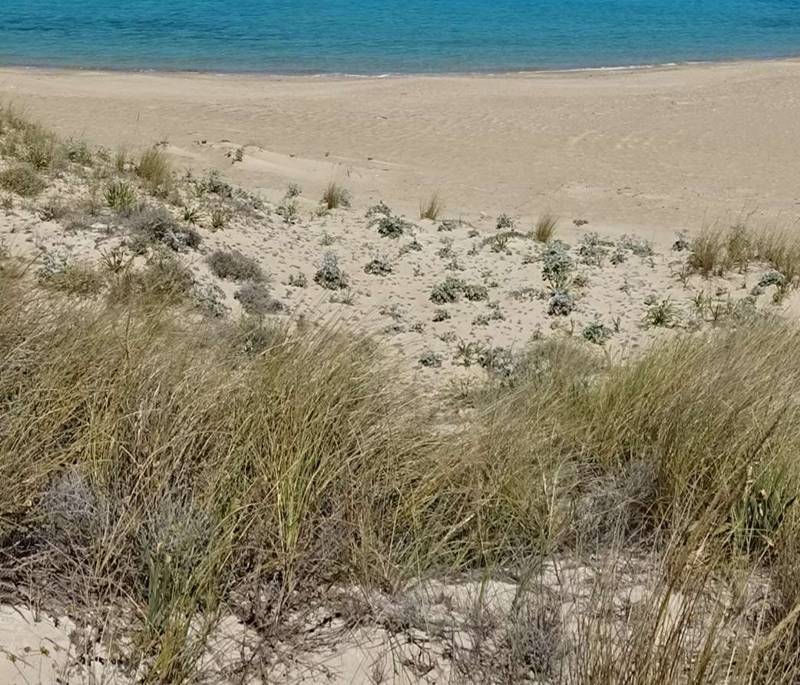
Sand dunes are present along the extended coast of Falasarna, in Balos and up to a lesser degree on beaches west of Kissamos. Some important species composing this vegetation type are the sea daffodil (Pancratium maritimum), the beachgrass (Ammophila arenaria), the maritime spurge (Euphorbia paralias) and the sea holly (Eryngium maritimum). In more stabilized sites usually can be found plants such as the cotton weed plant (Otanthus maritimus), the sea-poppy (Glaucium flavum), the sea rocket (Cakile maritima) and large shrubs such as the maritime juniper (Juniperus macrocarpa) and the lentisk (Pistacia lentiscus).
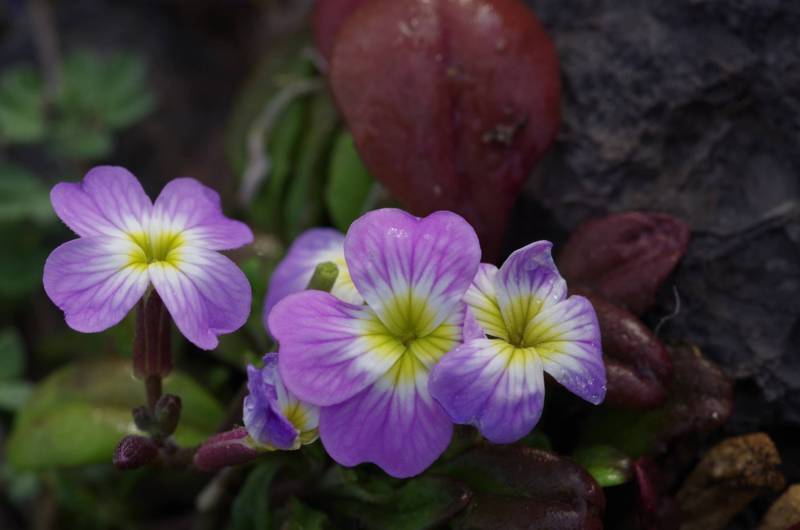
Phryganic vegetation is dominant in Gramvoussa. Most common species are the thorny burnet (Sarcopoterium spinosum), the thyme (Coridothymus capitatus), the hoary rockrose (Cistus creticus), the cretan horehound (Ballota psendodictamnus), as well as dwarf forms of larger shrubs or trees, such as the lentisk (Pistacia lentiscus) and the carob shrub (Ceratonia siliqua).
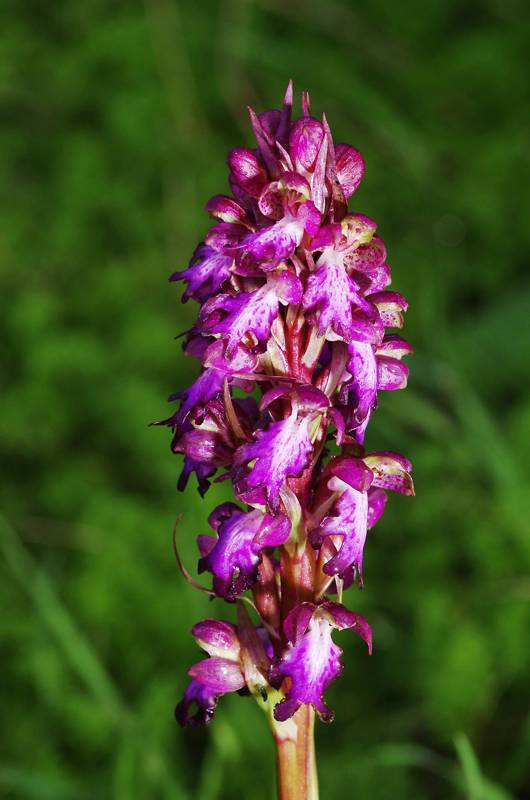
A small, rather degraded wetland, seasonally flooded, is located in the rear band of the sand dunes in Falasarna, extending parallel to the coastline. In this small band where hygrophilous vegetation is maintained, reeds (Arundo donax, Phragmites australis), rushes (Juncus spp.) and other typical wetland species (Chara spp., Eleocharis palustris κ.α.), as well as temporary ponds species, such as the aquatic fern Isoëtes histrix, can be found.
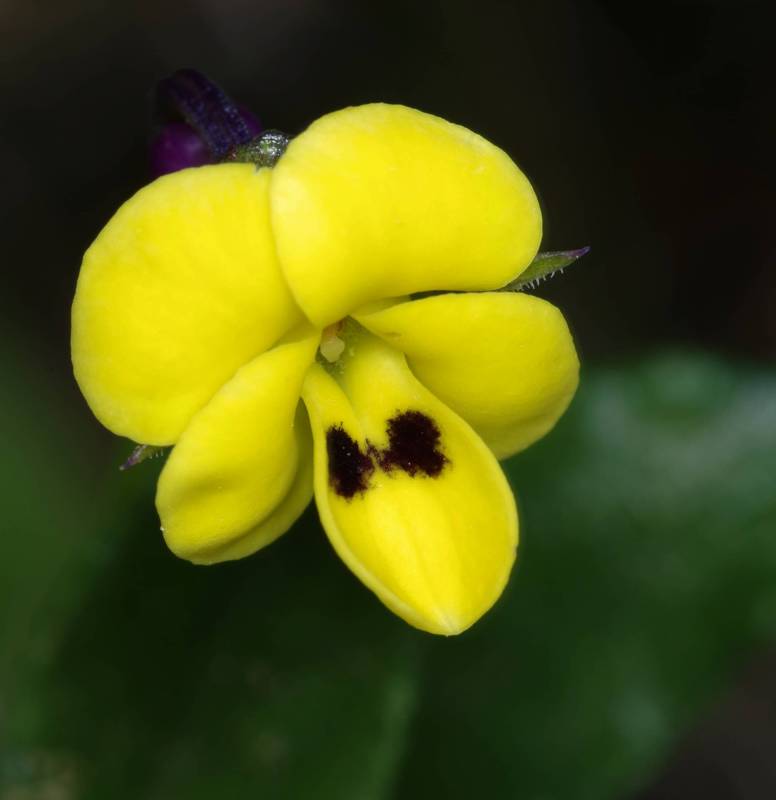
Photos and descriptions of

